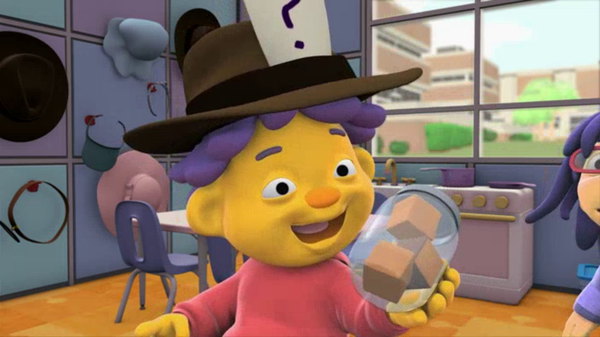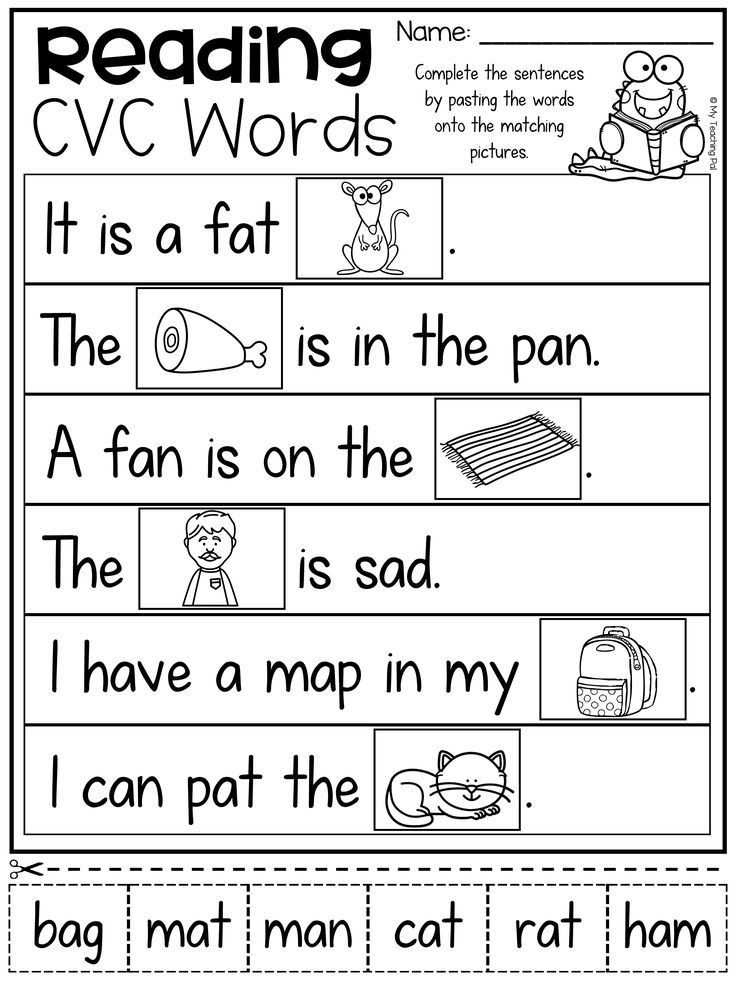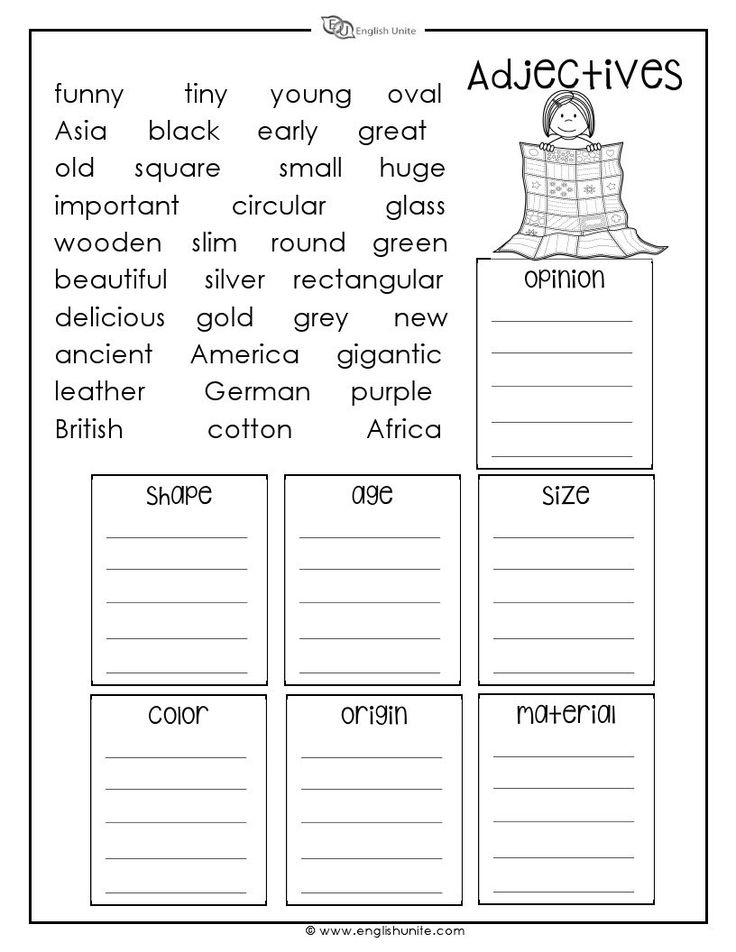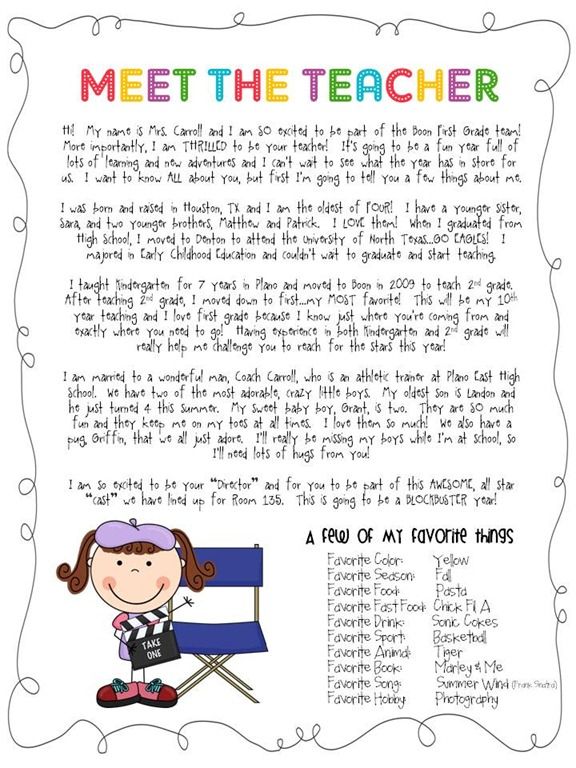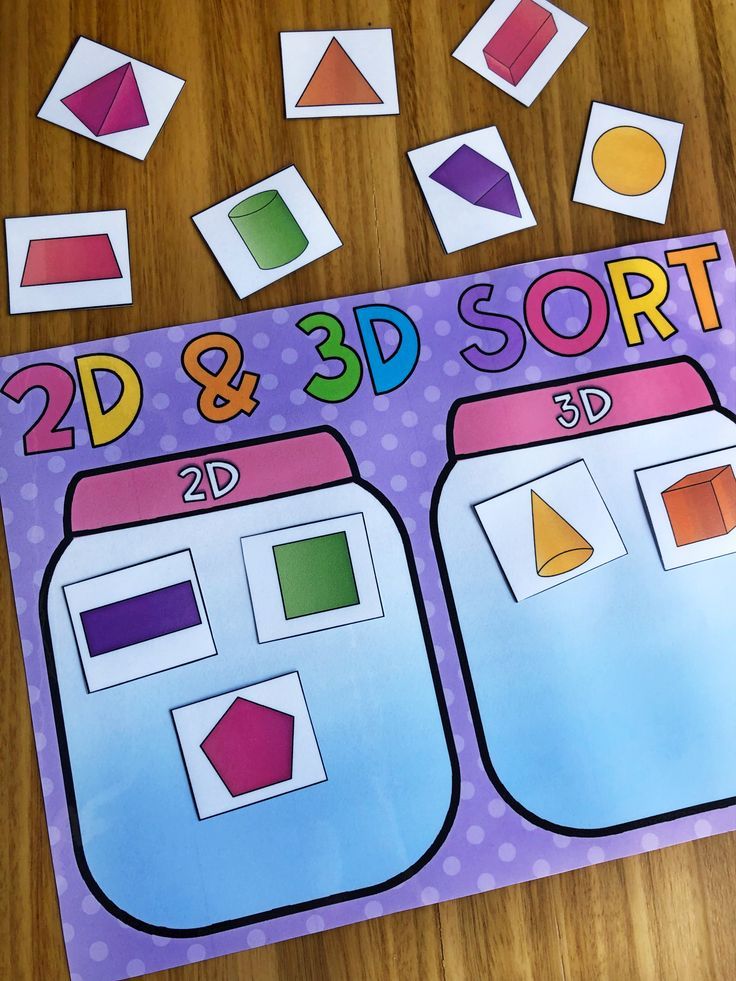4 year old coloring skills
How to Teach Coloring Skills
Today I have another exciting resource…all about how to teach coloring skills to kids. So often, children do not have the exposure to crayons and paper that is needed for development of fine motor skills or visual motor skills. Teaching coloring skills is just not something parents think about in many cases! Let’s break down coloring skills by age and address specific tips to teach coloring to children.
Coloring is such an important part of childhood and growing up. There are many benefits to coloring as a tool for building skills. Coloring develops hand strength, visual perceptual skills, and precision skills in grasp. It’s the first time many of us express creativity and produce something we are proud of. It boosts confidence, develops understanding of cause and effect, and increases attention spans.
Coloring is also an important stage of child development, too.
Did you know that drawing is also an integral part of many early childhood skills like pre-writing development, fine motor skills, and spatial reasoning?
Let’s go into age-appropriate specifics on how to teach coloring skills at each age and stage, from babies, to toddlers, to preschool, to Pre-K, to elementary aged children. Specifically, you’ll want to use age-appropriate crayons for toddlers, based on developmental levels.
How to teach coloring skills
Coloring can be hard for kids. Many times, you see kids that refuse to color. Other times you come across kids that prefer markers over crayons. There are reasons for these difficulties, that make sense developmentally. Let’s take a look at the reasons why kids hate to color.
- Coloring is HARD!
- It hurts the child’s hands to color
- Coloring makes the child’s hands tired
- Child prefers markers over crayons
- Coloring in the lines is hard
- It’s hard to finish a coloring page
All of these reasons why kids hate to color are related…and many times, it comes back to a need for developing hand strength and underlying skills.
Skills needed for coloring
There are several areas, or underlying skills that play an important role in coloring:
- Arch development (for endurance to color in the object)
- Hand strength to move the crayon against a resistive surface
- Pinch and grip
- Precision to move the crayon with the fingers instead of the whole arm/wrist
- Line awareness/visual perceptual skills
- Eye-hand coordination
- Pencil grasp (to hold the crayon)
- Previous experience with fine motor activities/fine motor skill development
Fine motor skills and coloring- In order to hold a crayon, children need to develop fine motor skills. In order to color in a shape, hand strength is needed. In order to color within the lines, visual motor skills are needed. In order to color a whole shape or figure, distal mobility is needed.
In order to color in a shape, hand strength is needed. In order to color within the lines, visual motor skills are needed. In order to color a whole shape or figure, distal mobility is needed.
Activities to develop these skills include fine motor play, beading, tweezer use, working on a vertical surface can develop these skills.
Line awareness and coloring– Another aspect of coloring is the line awareness to color within the lines. And, before a child can form letters with ease and fluency, they need to achieve pre-writing lines such as strait lines, squares, triangles, X and diagonals. This resource on line awareness can be a great starting point on this visual perceptual skills needed to color within the lines. Also try these tips to work on line awareness needed for coloring.
Pencil grasp and coloring– In order to teach coloring skills, it is important to progress through the stages listed below, whether at age level or not. Just like the underlying skills needed for pencil grasp development or handwriting, the basic levels need to be achieved.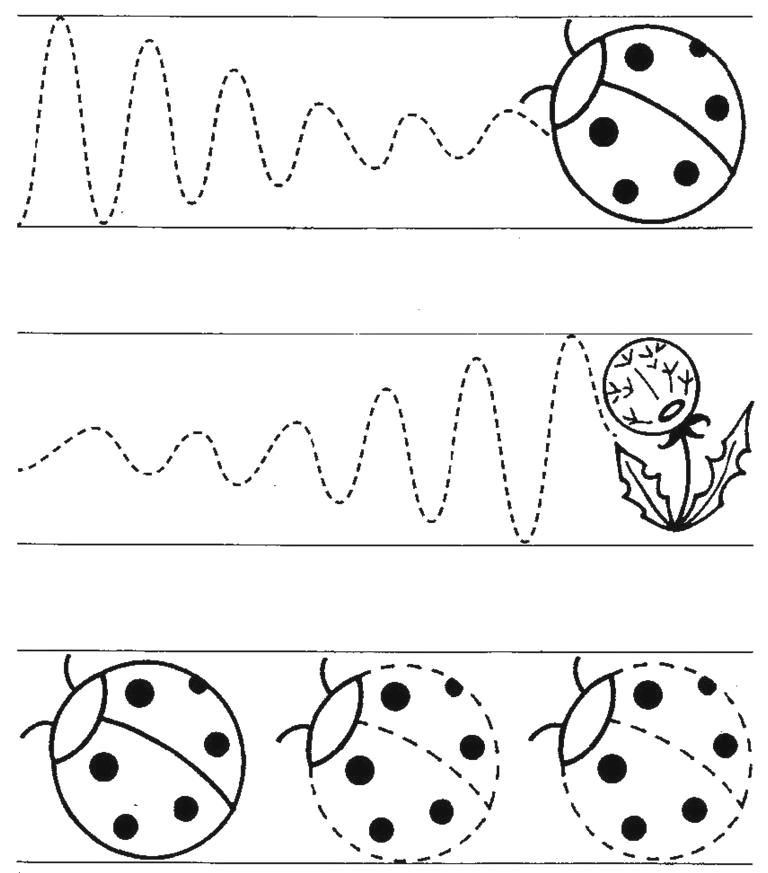 Before a child can hold a pencil with a functional grasp, they need to progress through more primitive grasp patterns such as a pincer grasp, palmer supinate grasp, digital pronate grasp, and quadrupod or static tripod grasp.
Before a child can hold a pencil with a functional grasp, they need to progress through more primitive grasp patterns such as a pincer grasp, palmer supinate grasp, digital pronate grasp, and quadrupod or static tripod grasp.
All of these underlying skills play an important role in how to teach coloring skills to kids!
Coloring Skills By Age
In this post we will break down the coloring skills you can expect a child to do dependent on age. You will see that we break them down into age ranges – for good reason, too. Every child will develop different skills and different times. Generally, though, there is a developmental path that the majority of children will follow.
If you believe that your child is lagging behind in these skills, talk to your child’s health care team and let them know what you see in your child. They will direct you towards occupational therapy if it is right for your family!
Coloring Skills at BIRTH – 6 MONTHS
Not much coloring going on in this time frame, as you may imagine! Instead, your little one is prepping those little fingers to hold and manipulate objects, that will one day lead to purposeful scribbling!
I always recommend allowing your child to explore coloring as soon as they are able to hold a crayon in their hand and sit up safely in a high chair.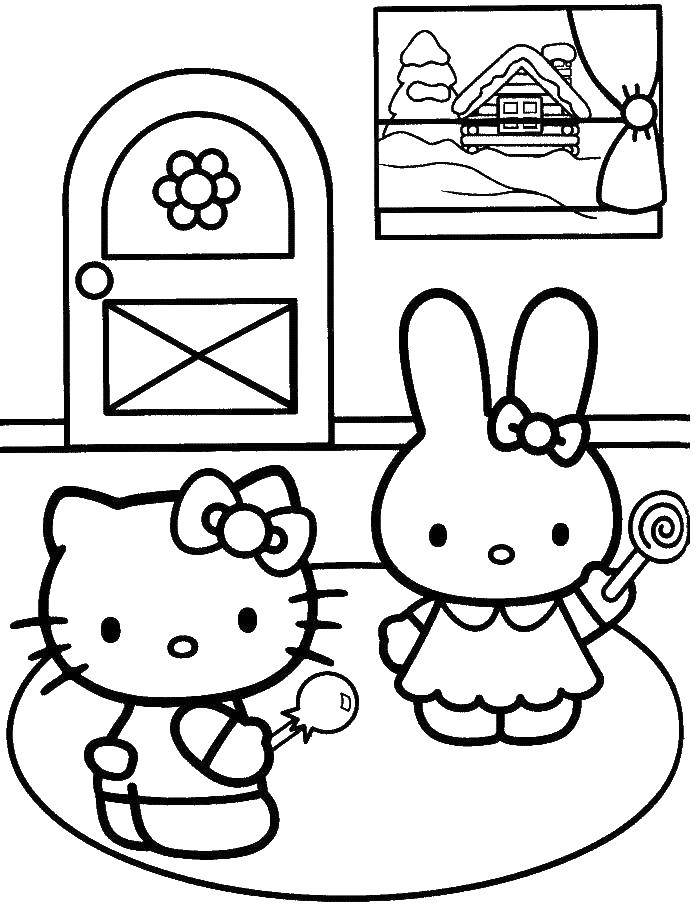 Be sure to stay with your baby the whole time you are offering coloring opportunities, as they will likely put their crayons in their mouth.
Be sure to stay with your baby the whole time you are offering coloring opportunities, as they will likely put their crayons in their mouth.
Support the development of Coloring Skills during infancy:
Babies under six months will typically grasp a small object in the middle or pinky-side of their palm. This grasp pattern is strengthening the building blocks for more refined grasps down the road. Tummy time is a great tool for lengthening the ulnar side of the hand for strengthening so that endurance in fine motor tasks is achievable at older ages. Tummy time also supports arch development even at this young age.
While most parents of new babies will not be thinking of coloring, these activities support the development of MANY motor and cognitive skills, and not just coloring!
Coloring Skills before 1 year
From 6 months to 12 months, babies are certainly not coloring. However, they ARE developing motor and visual skills needed for holding and marking with a crayon in the later years.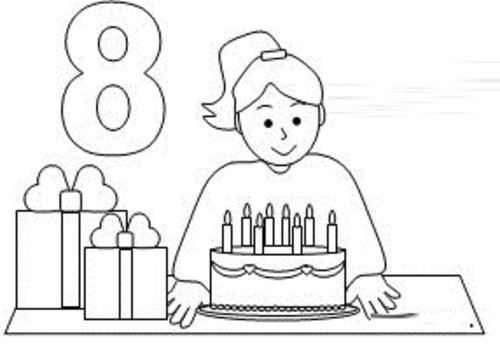
Grasping patterns grow a lot during this time! Your baby will start to use their thumbs a little bit more while stacking blocks, be able to pick up their Cheerios with only their thumb and pointer finger (pincer grasp), and can point to objects with one finger. By 12 months old, we should see a pincer grasp while holding small objects. This grasp prepares little fingers for sustained coloring!
Support the development of Coloring Skills during In babies:
Around a year old, your little one may show more interest in scribbling. They will likely make large marks across the paper (and hopefully not the walls!) by using their whole arm to move their crayon. As they develop, you will see that those big movements will get smaller and smaller as fine motor skills are refined.
Grasp: On a coloring utensil, they will use a gross grasp that looks like a fist.
Coloring Skills for Toddlers
The toddler years, for from 12 months to 2 years, is a great window to introduce coloring.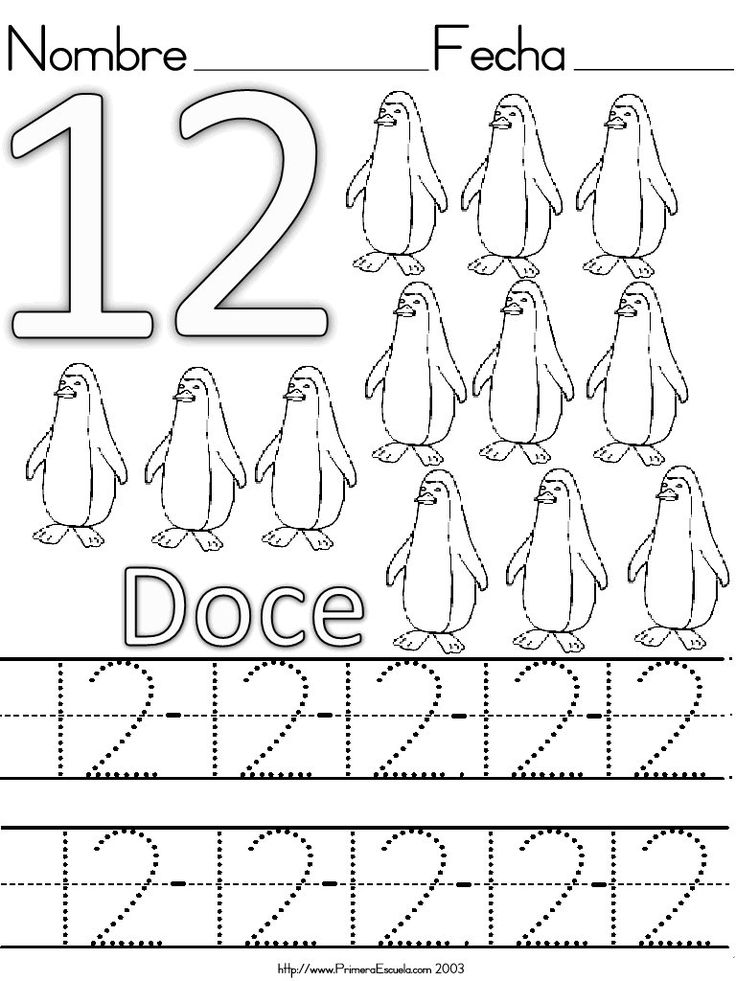 It’s during this age that toddlers show interest in coloring and develop skills needed for motor development. This is a great time to explore how to teach coloring skills at an impressionable age!
It’s during this age that toddlers show interest in coloring and develop skills needed for motor development. This is a great time to explore how to teach coloring skills at an impressionable age!
During the 12 month to two year range, toddlers are building proficiency in coloring skills…and this is a great time to teach coloring!
In this time frame, your toddler will begin to recognize colors and shapes in their environment, and may purposefully choose colors while they are scribbling on paper. They will start to hold their crayon or marker a little more gently, with their pinky down towards the paper, and all fingers wrapped around.
Teach Toddlers to Color:
During the toddler years, exposure is key! You can present many activities and coloring opportunities to color with crayons. Different types of crayons and coloring activities are great exposure, too. Here are tips to teach toddlers to color:
- Offer just one crayon at first. Offering too many options can overwhelm the young child.

- Try different crayon types. There are different crayon molds that are great for toddlers including egg shaped crayons, rock shaped crayons, or even bath crayons.
- Try coloring materials that require less hand strength or resistance, to make a mark. Kwik Stick tempera paints are a great option.
- Show toddlers how to color. Color alongside young children for an opportunity to connect with the child and interact. Toddlers love to mimic others and can learn a lot by watching their parent color alongside them.
- Offer toddler-friendly coloring pages. A big coloring book with many details can overwhelm a child. Try a printed page with simple shapes in smaller sizes.
- Don’t expect perfection. Just putting crayons to the page is a great learning experience that builds hand strength, eye-hand coordination, and coloring experience.
- Expect whole-arm movements. Toddlers color with their shoulder and elbow movements, or the proximal movements and won’t color with precise movements of the fingers until an older age.
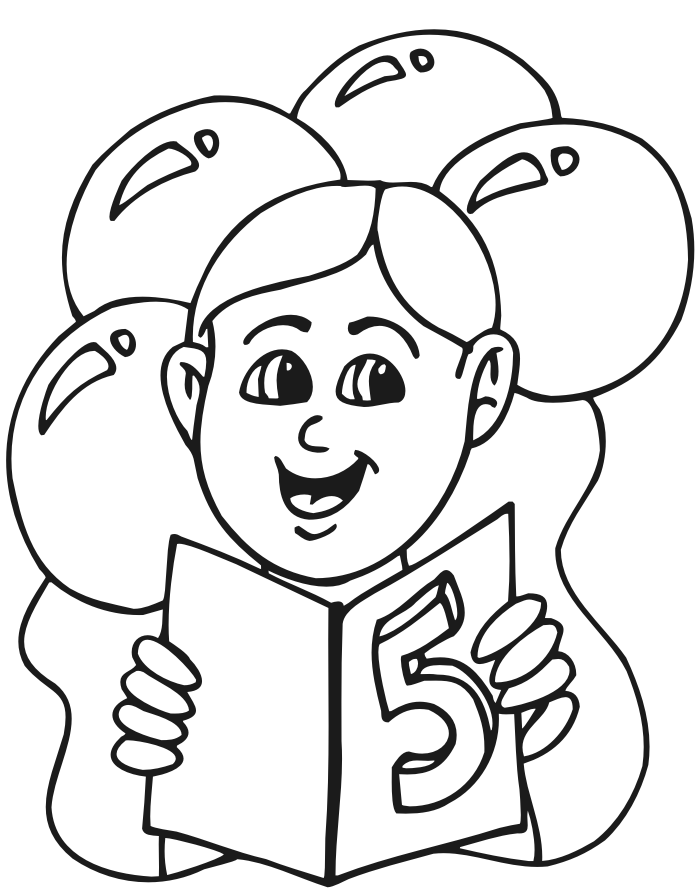 This is normal and to be expected. Coloring for toddlers looks like scribbling and that’s OK!
This is normal and to be expected. Coloring for toddlers looks like scribbling and that’s OK! - Encourage coloring and mark-making with coloring games and toys. This post has games and toys for coloring that Toddlers will love.
- Work on fine motor hand skills through games involving tweezers, games on the floor, gross motor play, and whole body play activities.
- Encourage play with age-appropriate puzzles and blocks.
Your child may start to show more interest in coloring just like you do, trying to copy your marks and paying closer attention to where they are placing their pen to paper. They should be able to copy a vertical line by around age two – this is a key marker for pre-writing skills. Usually around this time they also choose a preferred hand dominance while coloring!
The typical grasp pattern used by toddlers is the Palmar supinate grasp. This is a normal part of development.
Coloring Skills for Preschool (2-3 years)
The early preschool years, or 2- 3 years of age are a prime range for developing beginning coloring skills.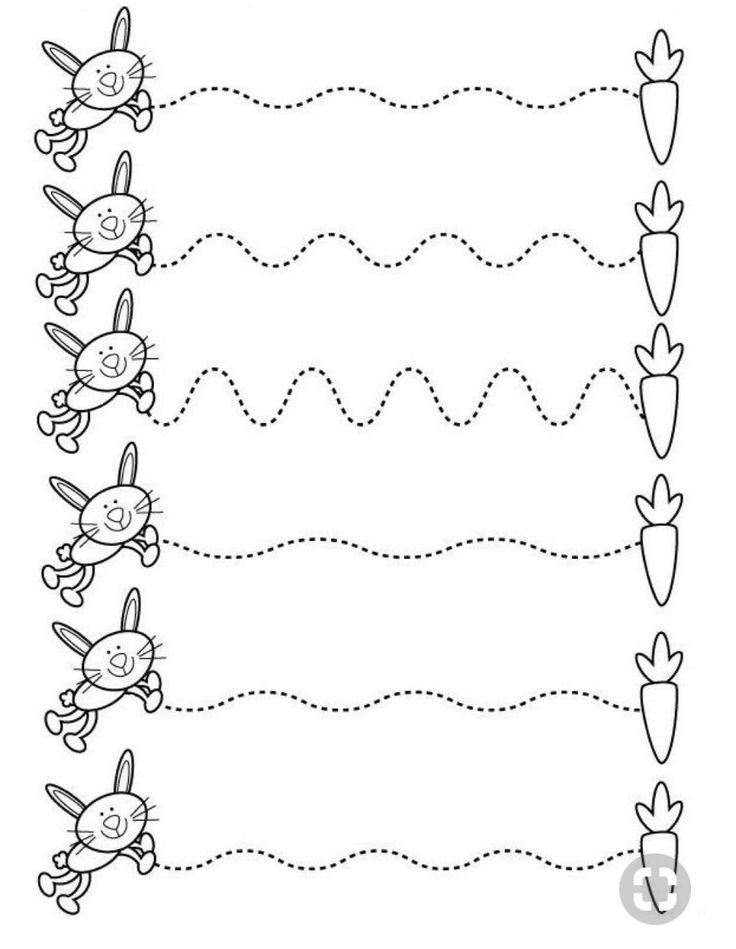
Your young preschool child will start to shift their fingers towards the paper while they hold their coloring utensil by age three. Some children hold their pencil towards the top near the eraser during this stage of development. They should naturally work their fingers down the utensil, closer to the paper, as they get used to this new grasp.
Use these strategies to teach young preschoolers to color:
During the 2-3 year period, you can expect your child to start drawing meaningful images. They will point to a drawing that may look like nothing to you, but then they will tell you that it’s their dog! By age three, your child should be able to do the next pre-writing task: copy a horizontal line and a circle.
Teach Preschoolers to Color (2-3 years old):
For young preschoolers, continued exposure to coloring is necessary. So often, young children skip the needed PLAY that builds fine and gross motor skills. With more and more young children playing primarily on screens versus free play, independent play, and creative fine motor play that builds the necessary hand strength, mobility, dexterity needed for precision, endurance, and progression through typical grasp patterns.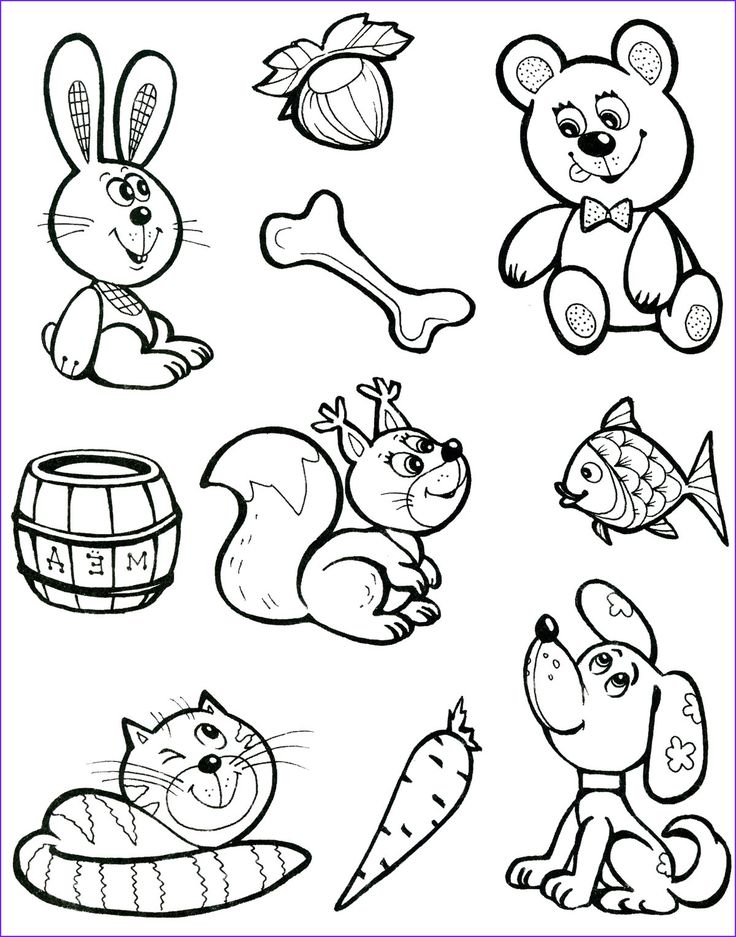 Children at the preschool stages need fine motor play, much less screen time exposure, and play experiences.
Children at the preschool stages need fine motor play, much less screen time exposure, and play experiences.
Another pet peeve of pediatric occupational therapists is the tendency to hand a young child a pencil or pen during the preschool years.
- Continue with the suggestions listed above for the baby stage.
- Use a variety of crayon types and sizes: regular crayons, finger crayons, egg-shaped crayons, rock crayons, jumbo crayons, bath crayons,
- Don’t be afraid to use broken crayons. Sounds strange, right? Sometimes a whole crayon is too big for small hands. A broken crayon can be the “just right” size and can be used as a strengthening tool for fine motor skills as well.
- Don’t expect perfection. Crayon lines will go over the border of the coloring area and that’s ok!
- Offer small coloring spaces with wider borders.
- Provide simple shapes for coloring opportunities.
- Offer physical boundaries if needed: Use wikki sticks around the coloring area, use your hands to create a small coloring space.
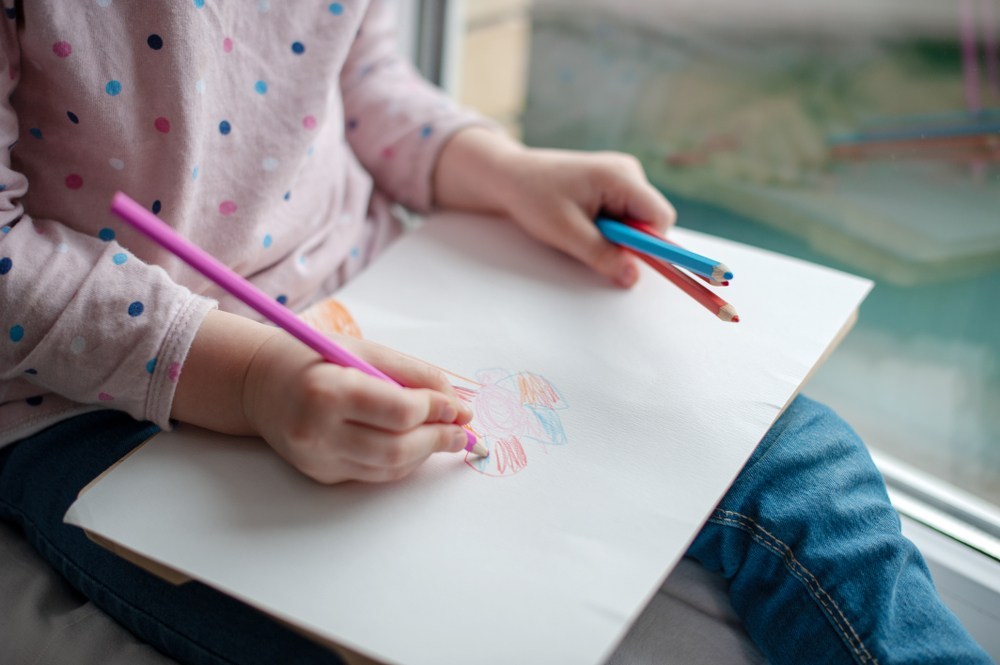
- Color small areas on an easel to engage the core as a stabilizer, work against gravity, to place the wrist into extension, to pull the fingers into a tripod type of grasp for dexterity.
- Continue easel work and play with lite brite, painting on easels, sticking and peeling tape to the wall, sticking foam pieces to a wet easel surface.
- Play with foam sheets on a window. Try this rainbow play activity where preschoolers can stick foam sheets to a wet window. Encourage use of a spray bottle to wet the window and then wipe with a towel to clean up any drips. (It’s a great way to teach colors to preschoolers, too!)
- Draw with chalk on a vertical chalk board or on a driveway/side walk.
- Try window paints.
- Try coloring materials that require less hand strength or resistance, to make a mark. Kwik Stick tempera paints are a great option.
- Show toddlers how to color. Color alongside young children for an opportunity to connect with the child and interact.
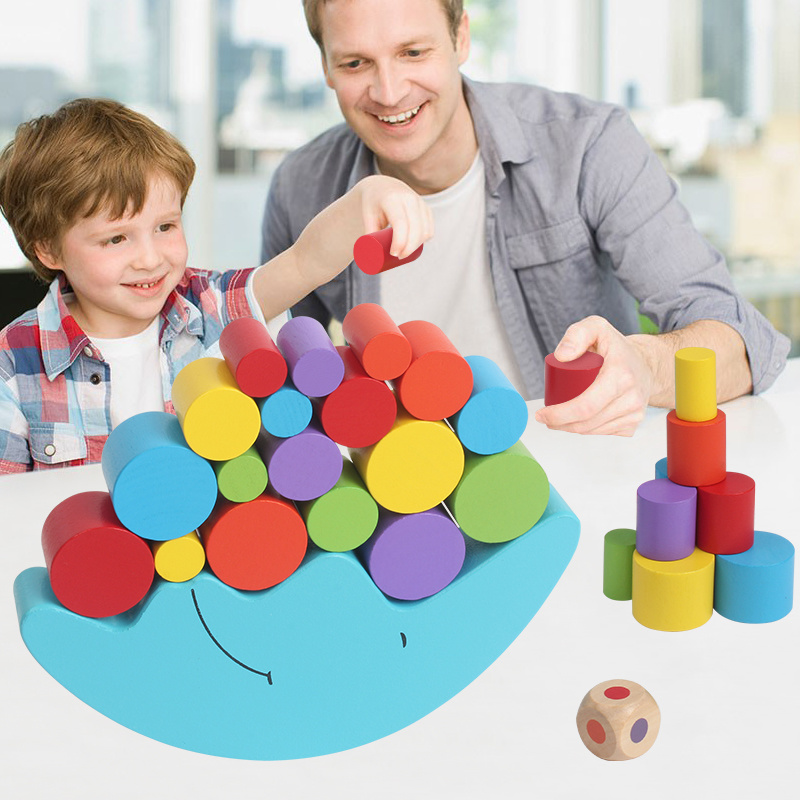 Toddlers love to mimic others and can learn a lot by watching their parent color alongside them.
Toddlers love to mimic others and can learn a lot by watching their parent color alongside them.
The typical grasp pattern used by young preschool children in the 2-3 year age range is the Digital pronate grasp. Use of this grasp pattern is a typical stage of grasp development.
Coloring Skills in Preschool (4-5 years)
During the later preschool years, at four and five years of age, preschoolers are developing more refined coloring skills as their motor and visual develop integrate.
Around age four is when you can start to see recognizable images appear more regularly in your child’s artwork. Four-year-olds will usually draw people with two, three, or four body parts. For example, the person may have a circle for a head, a rectangle for the body, and two circles for feet.
By the time they are five, they will likely be drawing people with six or more body parts! You will see their drawings becoming more and more life-like, by adding details like fingers, eye color, and buttons on clothing.
By age four, we expect a child to be able to copy a cross – a very tricky visual motor skill! Around age five, we would expect a child to be able to copy a square and color inside the lines fairly well.
Teach Preschoolers to Color (4-5 years old):
For older preschoolers, especially those in Pre-K, it can be common to see preschools and pre-K classrooms where young children are expected to write letters, write their name, or trace letters. This is potentially damaging for the young child and not recommended by pediatric occupational therapists. This premature exposure to writing with pencils, tracing letters, and writing letters isn’t based on child development of motor skills.
It will result in forming letters incorrectly and establishing poor motor plans for letters. It will result in poor pencil grasps that are difficult to change. It will result in forming letters from the bottom or in “chunks”. It is a detriment to children, especially because there is little time in the kindergarten classroom for working on letter formation, pencil grasp instruction beyond the regular curriculum.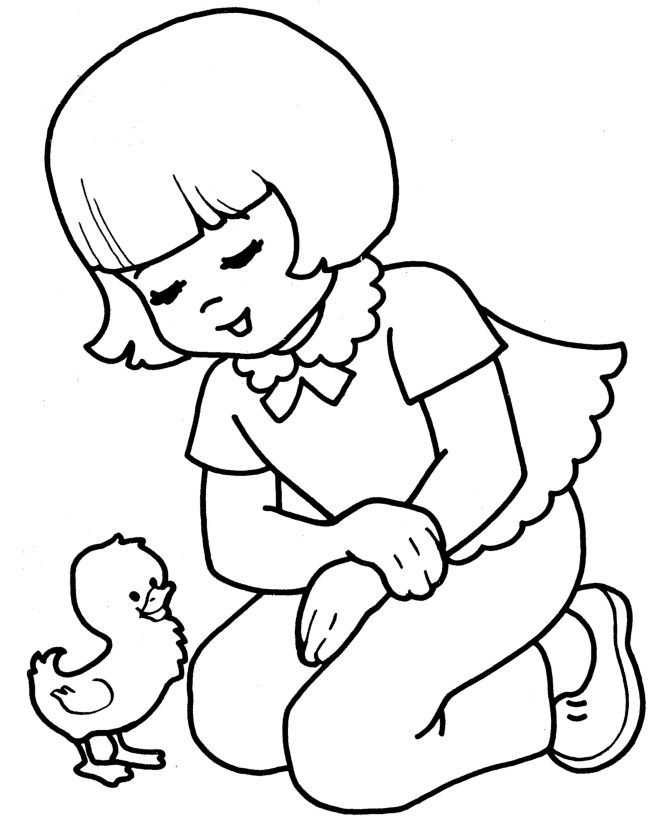 So changing motor plans and muscle memory that has been poorly established is detrimental for the young child.
So changing motor plans and muscle memory that has been poorly established is detrimental for the young child.
What preschool and Pre-K children at 4 and 5 years of age need is play and the opportunity to develop and refine fine motor skills, hand strength, eye-hand coordination, visual motor skills. These skills are strengthened through play.
Try these strategies to teach older preschoolers/Pre-K children to color:
- Use all of the strategies previously listed above.
- Encourage coloring with interest-based coloring pages (run a Google search for coloring pages, i.e. “unicorn coloring pages”, “superhero coloring pages”, etc. You can generally find free printable coloring pages in most themes.)
- Show off art work! Create a space in the home or clinic where coloring projects can be displayed. This is a great motivator for many children.
- Encourage smaller coloring areas to improve eye-hand coordination with line use. A smaller coloring space enables children to use their fingers to move the crayon rather than the wrist, elbow, or shoulder.
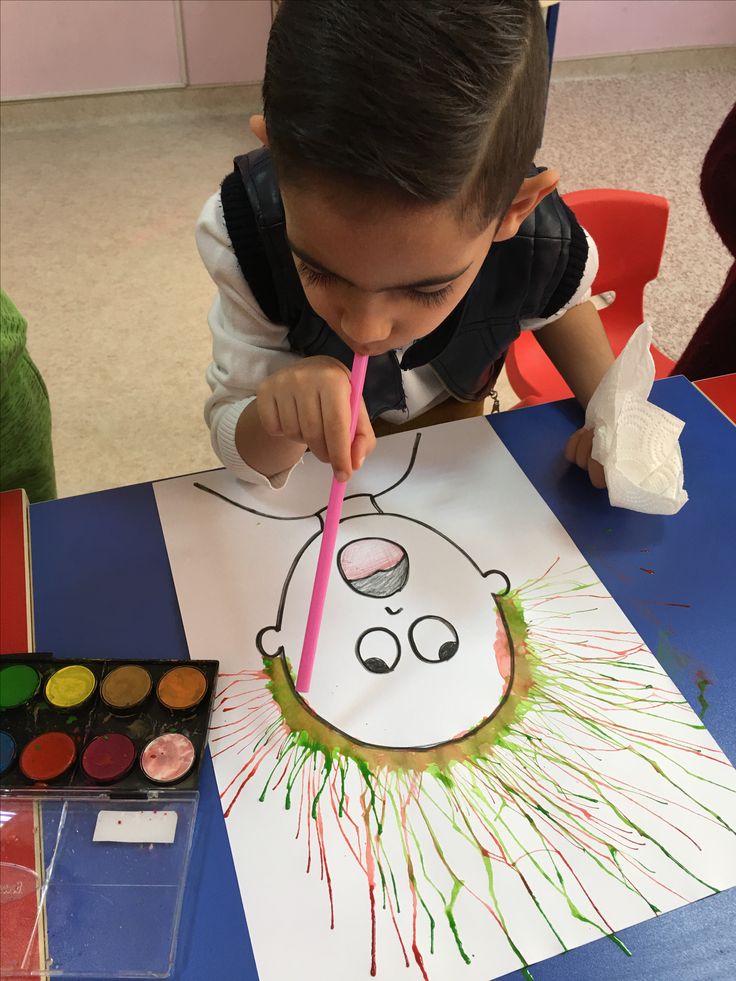
- Use a smaller or broken crayon to promote a developmentally appropriate quadripod or static tripod grasp.
- Use simple shapes with curved lines like circles and ovals to promote smooth coloring lines with minimal direction changes and angles to the coloring picture.
- If children are complaining of tired hands or tend to switch crayon colors a lot, it can be a sign of weakness in the hands. To strengthen the hands, encourage play with tweezers, tongs, spray bottles, pinch and grip activities, LEGO blocks, play dough, beading activities, peg boards, etc.
- If you have a box of crayons with a crayon sharpener on the back, encourage the child to use it to sharpen crayons. The built-in sharpener is great for not only sharpening dull crayons, but also as a hand strengthening device!
The typical grasp pattern in preschool years for 4-5 year olds is the quadrupod or static tripod grasp. Use of either of these grasps is part of typical grasp development.
Coloring Skills at 5-6 years old
Somewhere between ages five and six, we would expect a child to be able to copy multiple shapes, including the ones they would have mastered in the past (i. e. vertical, horizontal, and crossed lines).
e. vertical, horizontal, and crossed lines).
Around age five we would like to see what is called a dynamic tripod grasp when a child is writing or coloring. They should have their pencil between their pointer finger and thumb, with the middle finger supporting and the ring and pinky fingers tucked away into the palm. This grasp is “dynamic” if the fingers can move separately from the palm and wrist, allowing for good control of the writing utensil. This growing strength and control is why we see handwriting and coloring skills develop!
By age six, they should be able to copy more complex shapes, like triangles and rhombuses. You could expect them to independently draw some of the more simple shapes as well, like circles and squares.
The dynamic tripod grasp is the most advanced pencil grasp and should continue throughout their life. Typically, whatever grasp a child has habituated by age 6 is the grasp they will likely continue to have.
Teach kids to color at 5-6 years:
Try these strategies to teach children aged 5-6 years old children to color:
- Use all of the strategies listed above under preschool, older preschool, etc.

- Color using a variety of surfaces and mediums.
- Color using squeeze paints to work on hand strength.
- If hand strength is a challenge and the 5-6 year old complains of hand fatigue, try a less resistive coloring tool such as twist crayons.
- Work on coloring larger areas for longer periods of time.
- Use raised line borders if needed, including Wikki Stix or dry glue to border the coloring area.
- Try a 3 crayon challenge.
- Highlight the line with a marker. A bright color can be a visual cue of where to write. Letters should rest on the line. You can start with a nice thick and brightly colored highlighter like this one and move to a thinner pen like these ones. Sometimes the visual cue of that bright line is enough to keep letters placed correctly.
- Another strategy to work on line awareness in coloring is to add bolder coloring shape lines with more contrast by darkening the borders with a black marker. Simply outline the shape with a black marker for a visual prompt.

- For kids that show a great deal of difficulty with coloring in a given space, use a stencil made from a thing cardboard like a recycled cereal box. Cut out a rectangle and place it over the given writing space. This will help to remove distractions of the rest of the page and proved a designated space to color within.
- Use glue to trace along the outside border of the coloring space. Let the glue dry and then use that tactile border as a physical prompt for coloring lines.
The typical grasp pattern for 5-6 year olds is a tripod/dynamic tripod grasp.
Coloring Skills at SIX YEARS OLD AND BEYOND
Older children can sometimes struggle with coloring and see their peers who seem to have little trouble at all. This can be a stab at their confidence and self-esteem. For older children, coloring often-times is a “sometimes” task in the classroom, so there are limited opportunities for a hands-on fine motor task. Still older students use primarily colored pencils to color in the classroom.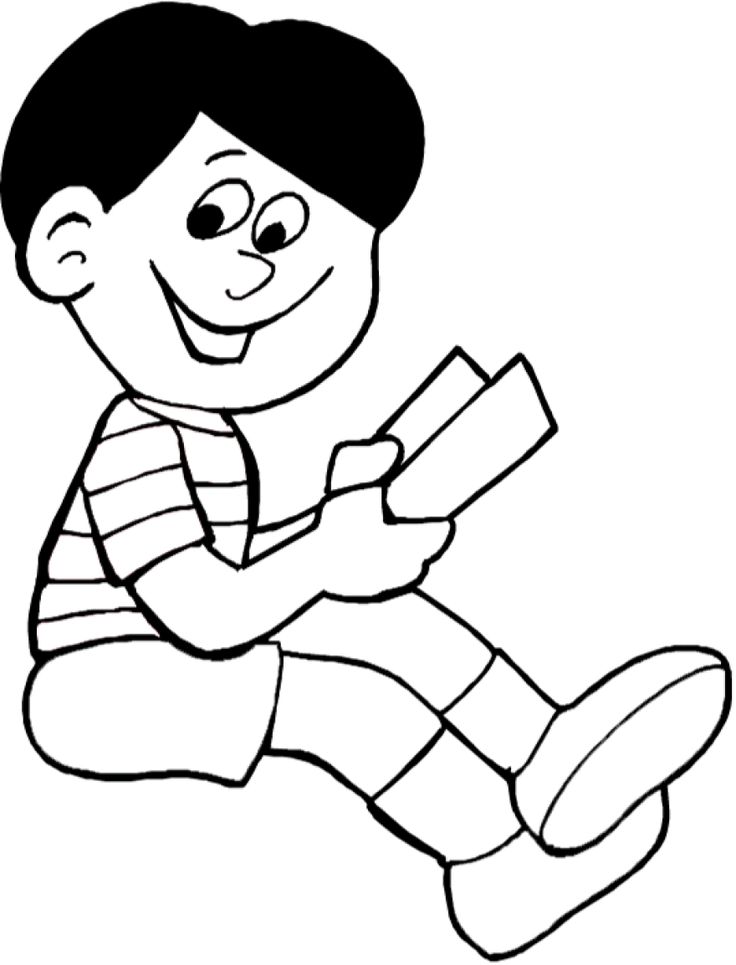 Coloring with colored pencils requires even more hand strength, precision, and mobility with the pencil, so this can be a challenge.
Coloring with colored pencils requires even more hand strength, precision, and mobility with the pencil, so this can be a challenge.
Try these strategies for teaching older kids coloring skills:
- To teach coloring skills to older children, use all of the methods mentioned under each age level above.
- Your elementary-aged child will continue to develop fine motor skills for writing and coloring, as well as manipulating other craft media like clay, papier mache, etc. Creating things with their hands will not only strengthen their muscles but will also benefit their social development, self-esteem, and problem solving skills.
- Work on coloring with a variety of crayon types, markers, or paint pens.
- Use a variety of coloring surfaces.
- If crayon pressure or colored pencil pressure is a problem, try these strategies to address pressure on the writing utensil.
- Use a coloring journal or a drawing journal.
- Use interest-based coloring books or coloring pages.
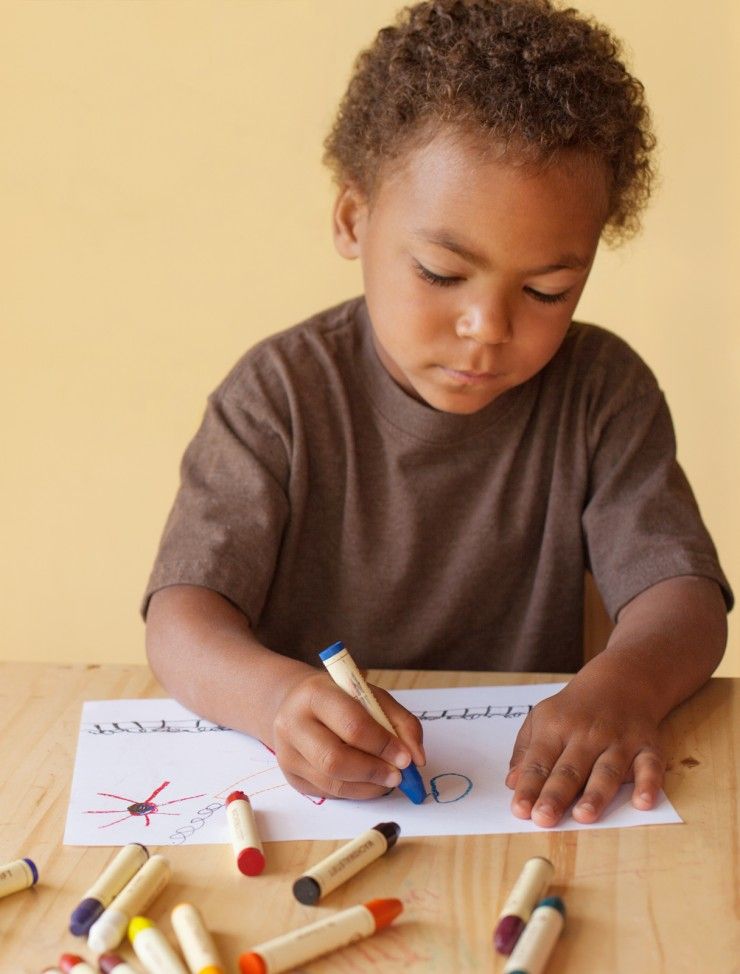
A final note on teaching coloring skills
If wondering exactly how to teach coloring skills to children at various ages is something you are looking for developmentally appropriate strategies, this comprehensive resource is for you. Coloring is a child occupation needed for learning, interactive play, and creative play.
Encourage your kids at all stages of development to explore their creativity and the fine motor, visual motor, cognitive and socioemotional skills will follow.
References
Dosman, C. F., Andrews, D., & Goulden, K. J. (2012). Evidence-based milestone ages as a framework for developmental surveillance. Paediatrics & Child Health,17(10), 561–568. https://doi.org/10.1093/pch/17.10.561
Centers for Disease Control & Prevention. (n.d.). Milestone moments: Learn the signs. Act early. Retrieved from: https://www.cdc.gov/ncbddd/actearly/pdf/parents_pdfs/milestonemomentseng508.pdf
How to Teach Coloring Skills is a collaborative article by Colleen Beck, OTR/L and Sydney Rearick, OTS.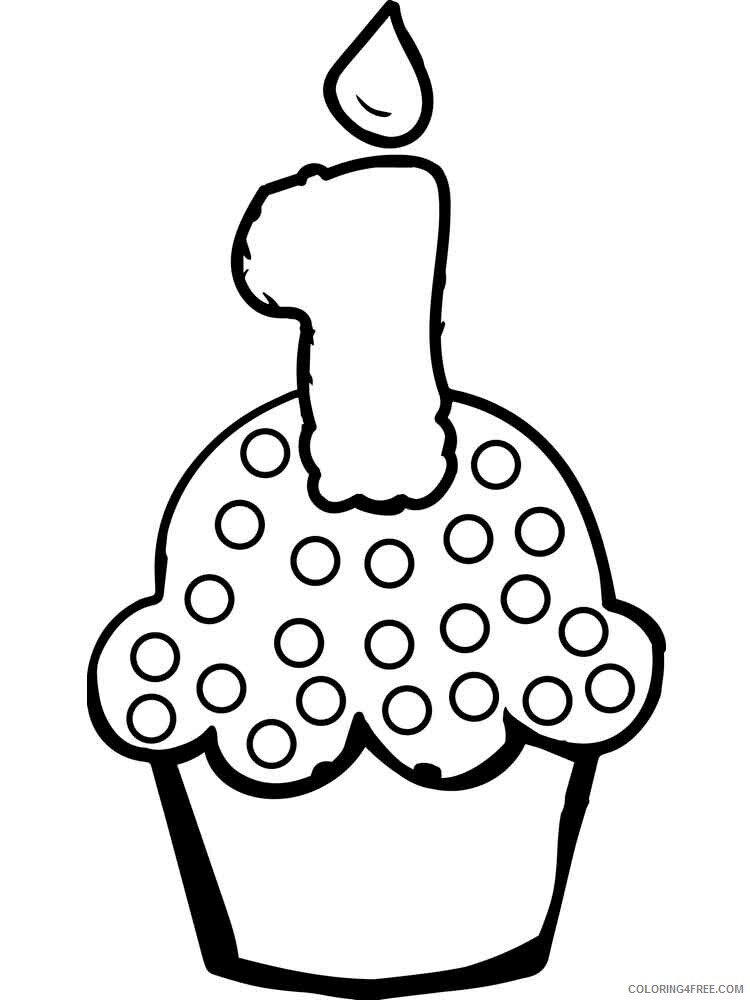
Colleen Beck, OTR/L is an occupational therapist with 20+ years experience, graduating from the University of Pittsburgh in 2000. Colleen created The OT Toolbox to inspire therapists, teachers, and parents with easy and fun tools to help children thrive. As the creator, author, and owner of the website and its social media channels, Colleen strives to empower those serving kids of all levels and needs. Want to collaborate? Send an email to [email protected].
Sydney Thorson, OTR/L, is a new occupational therapist working in school-based therapy. Her
background is in Human Development and Family Studies, and she is passionate about
providing individualized and meaningful treatment for each child and their family. Sydney is also
a children’s author and illustrator and is always working on new and exciting projects.
Rainbow Handwriting Kit– This resource pack includes handwriting sheets, write the room cards, color worksheets, visual motor activities, and so much more. The handwriting kit includes:
The handwriting kit includes:
- Write the Room, Color Names: Lowercase Letters
- Write the Room, Color Names: Uppercase Letters
- Write the Room, Color Names: Cursive Writing
- Copy/Draw/Color/Cut Color Worksheets
- Colors Roll & Write Page
- Color Names Letter Size Puzzle Pages
- Flip and Fill A-Z Letter Pages
- Colors Pre-Writing Lines Pencil Control Mazes
- This handwriting kit now includes a bonus pack of pencil control worksheets, 1-10 fine motor clip cards, visual discrimination maze for directionality, handwriting sheets, and working memory/direction following sheet! Valued at $5, this bonus kit triples the goal areas you can work on in each therapy session or home program.
Click here to get your copy of the Colors Handwriting Kit.
Colleen Beck, OTR/L is an occupational therapist with 20+ years experience, graduating from the University of Pittsburgh in 2000. Colleen created The OT Toolbox to inspire therapists, teachers, and parents with easy and fun tools to help children thrive.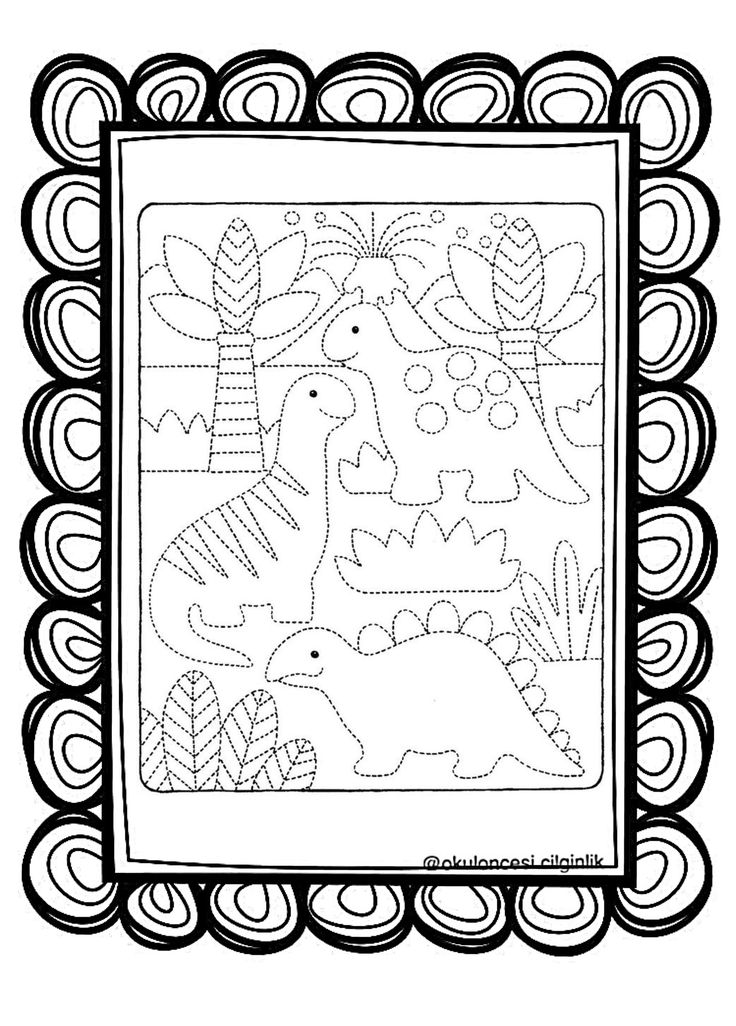 As the creator, author, and owner of the website and its social media channels, Colleen strives to empower those serving kids of all levels and needs. Want to collaborate? Send an email to [email protected].
As the creator, author, and owner of the website and its social media channels, Colleen strives to empower those serving kids of all levels and needs. Want to collaborate? Send an email to [email protected].
6 Developmental Milestones of Coloring Inside the Lines
It seems to happen overnight: Your child goes off to preschool, a master of scribbling. Then, she hands you a piece of artwork that shows she’s tried to color inside the lines for the first time. It’s a big moment — and you deserve to do your proud parent dance as you tape that page to the fridge.
“That switch in coloring skills is a milestone for children because it shows that their motor skills and cognitive skills are developing,” says Rachel Annunziato, Ph.D., an associate professor of psychology at Fordham University in New York. “I have a progression of artwork from my 7-year-old twins on my wall, from scribbled pictures leading up to the intricate pictures they have been making lately.” (Shop coloring books for all ages on The Scholastic Store.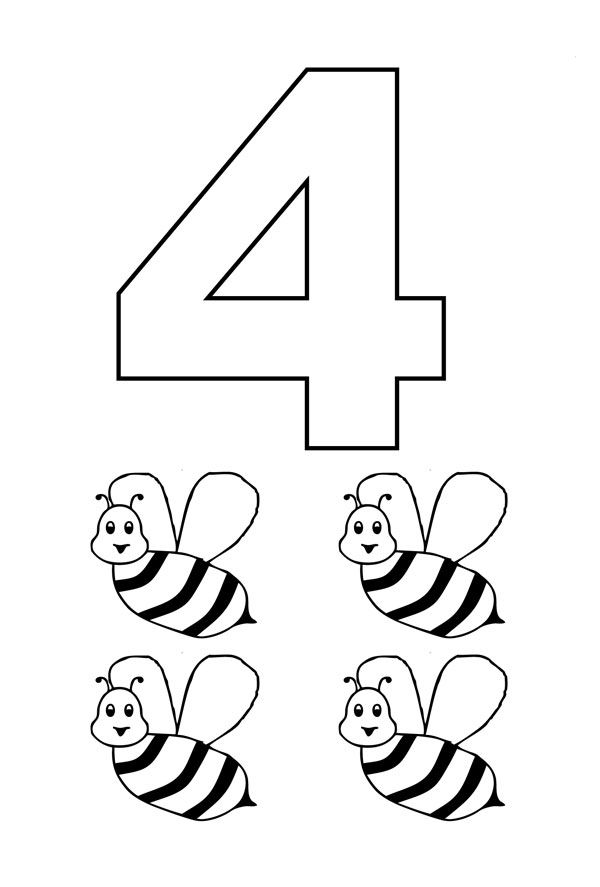 )
)
It’s one of many developmental milestones children tend to reach between three to five years of age, but experts advise against explicitly asking children to color within the lines, which could make the activity feel tedious. If your preschooler is still scribbling, not to worry! Every child develops specific skills at different times. (If she can’t color inside the lines once she enters first grade, talk to her teacher and pediatrician to determine if a vision test or other assessment is needed.)
Here’s the fascinating developmental science happening behind the coloring pages your child brings home, and how to use a coloring book as one of many preschool activities to set your little artist up for success.
Your child is developing fine motor skills.
Flashback to Anatomy 101: Gross motor skills refer to large muscle movements, like when your child uses his arm to drag a crayon across paper (not when he sticks the crayon in his nose). Fine motor skills refer to his smaller muscle movements, like bending the wrist and fingers.
“When children are really young, they scribble because they’re just using the movement of their arm and holding the crayon in their fist,” says Denise Bodman, Ph.D., a principal lecturer in the T. Denny Sanford School of Social and Family Dynamics at Arizona State University. “As their fine motor skills develop, they start using their fingers and wrist to move the crayon. That eventually leads to basic writing skills.”
Experts consider preschool age to be the most important time for motor skill development. Fine motor skills also allow your child to do everyday tasks like threading beads, buttoning a shirt, and using thinner tools like pencils. In other words? Those little movements are a big deal!
Book pick: Color with Clifford the Big Red Dog: Activities for Building Fine–Motor Skills and Color Recognition. This fun-filled book is designed to strengthen your child’s fine motor skills and hand-eye coordination, plus his matching, counting, and tracing abilities — all important for early literacy.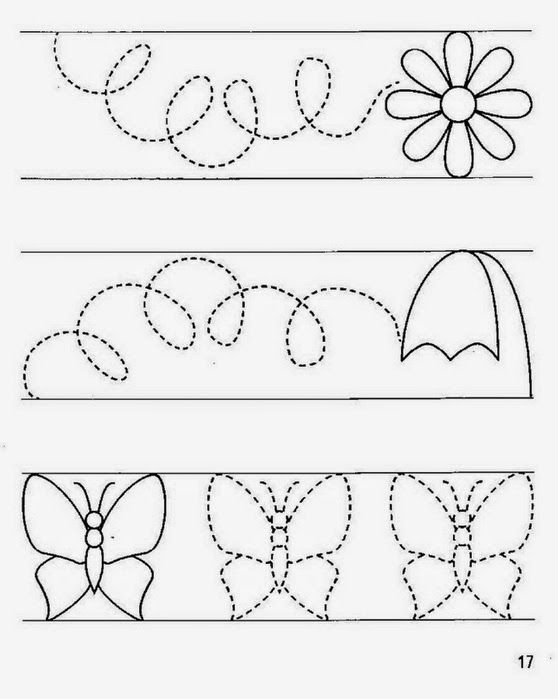 Bonus: It’s made extra fun with Clifford, your child’s favorite big red dog.
Bonus: It’s made extra fun with Clifford, your child’s favorite big red dog.
They’re honing in on their spatial abilities.
When your child considers boundaries on a page, it not only saves your kitchen table, but it also shows she is starting to develop spatial skills, the ability to understand relationships between different shapes and objects. “As children become aware of boundaries, they start thinking and planning around them,” says Bodman. Soon, she may color with an understanding of spatial vocabulary such as “above,” “below,” and “between.”
Spatial skills are involved in everything from getting orientated in a new environment (say, if your child is learning her way around a new classroom) to packing a suitcase. Research has also linked spatial abilities with creativity, math skills, and success in STEM fields — think engineering, meteorology, or architecture.
Book pick: BOOST Fun with Opposites Coloring Book. In this activity book, 45 exciting images teach your child opposites such as “sweet and sour,” “hot and cold,” and even spatial vocabulary such as “up and down” or “high and low.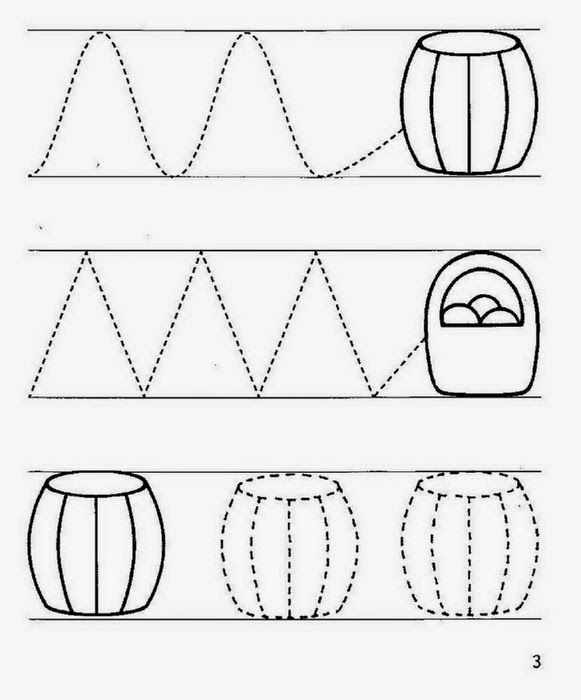 ” It’s a staple for learning new words and concepts at home!
” It’s a staple for learning new words and concepts at home!
They’re experimenting, and learning as a result.
Some experiences — like when your child colors blue over yellow, or tries to correct a crayon stroke that darted outside of the line — may seem tiny, but can translate to valuable skills later on. “When children start coloring inside the lines, they’re learning about cause and effect,” says Bodman. “They’re finding out what happens if they move their hand one way, draw with a certain tool, or mix colors together.”
This type of trial and error is a natural part of learning for your preschooler. In fact, research shows children regularly and spontaneously invent experiments when they play. As tempting as it is to show him how to stay inside the lines or combine colors (you’re just trying to help, after all!), avoid correcting him, and simply express your appreciation for the effort. By practicing and experimenting on his own, he’s mastering skills that may make learning certain concepts in school easier later on, says Annunziato.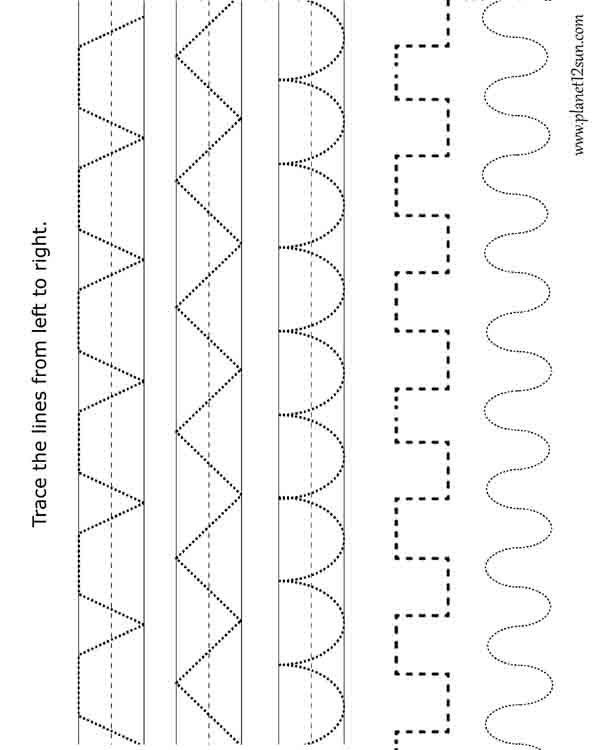
Book pick: Going Camping Coloring Book. Support your child’s adventurous spirit by allowing him to experiment with coloring these 26 exciting scenes! They depict a family’s equally adventurous journey camping out, with activities ranging from setting up a tent to looking for firewood.
They’re exploring new topics.
Coloring books that teach certain subjects through illustrations can be an engaging (and playful!) way for your child to learn. But there’s just one caveat: “The key is to make it interactive,” says Bodman. Sit down with your child and have a fun conversation about what she’s coloring. If she has a coloring book about fire safety, point out how interesting it is that firefighters live in a firehouse or how quickly they answer a 911 call.
“I’ve done this as both a mom and a psychologist,” adds Annunziato. “If your child doesn’t know something about the topic, then you can share more about it. This way, kids will associate learning with having fun and spending extra time with you.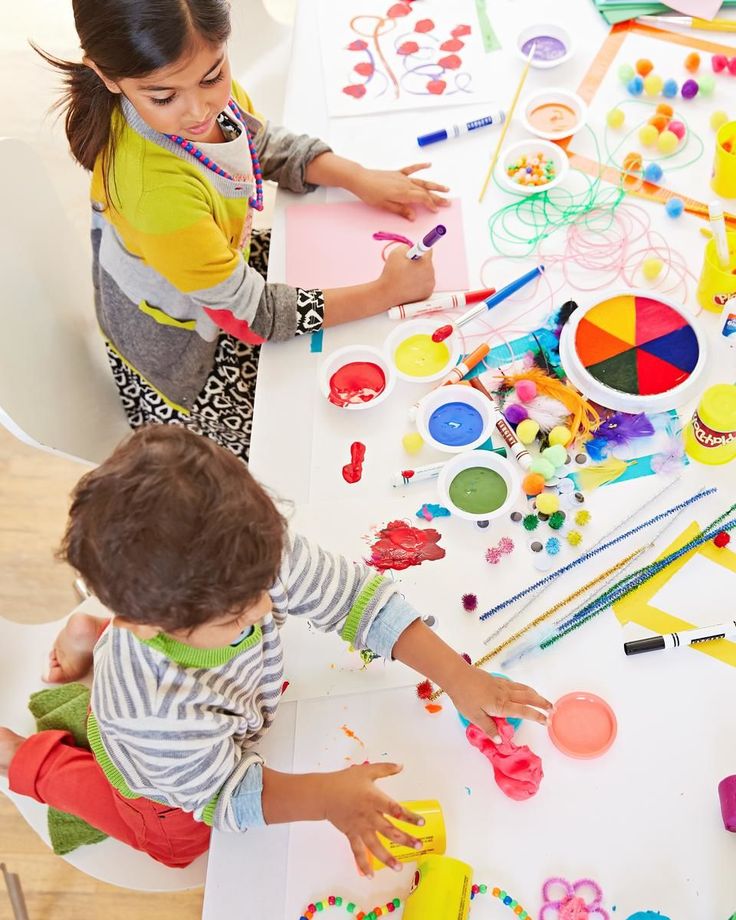 ”
”
Book pick: BOOST Safety First Coloring Book. Safety has never been so colorful! Your child will learn 27 important tips such as always crossing at crosswalks and never talking to strangers as they fill each page with their own creative touch.
They’re tapping into self-control (and self-confidence).
Coloring inside the lines requires the ability to plan, organize, and stay within a framework without getting distracted, says Kimberly Williams, Psy.D., a pediatric neuropsychologist and clinical psychologist based in Long Island and Brooklyn, NY. “The progression from scribbling to coloring inside the lines represents structure and rule following, and is one of the first markers that a child is learning in an academic setting,” she adds.
This level of focus and concentration will help your child complete many other tasks and preschool activities — and as a result, can foster his confidence.
Book pick: How to Care for Your Dog: A Color and Learn Guide for Kids. Delight your dog lover with these 30 easy-to-color illustrations that offer bite-sized tips on active care for a canine. Perfect for the little artist who's also begging for a pet—and who's ready to take on the confidence-boosting responsibilities of feeding, grooming, and training.
Delight your dog lover with these 30 easy-to-color illustrations that offer bite-sized tips on active care for a canine. Perfect for the little artist who's also begging for a pet—and who's ready to take on the confidence-boosting responsibilities of feeding, grooming, and training.
They may be more socially aware.
Not only can coloring books contribute to your child’s social development by showing interactions between illustrated characters, but when your child starts drawing inside the lines, it may show that she’s becoming socially cognizant, too. In class or elsewhere, children eventually catch on to the fact that lines are meant to be drawn in, and they may try to stay within them to model after other children or even to make you happy.
“They might see other kids coloring in the lines and want to learn how to as well, or they may start to recognize that they’re pleasing you and want to earn praise with their pictures,” says Annunziato. “At that point, it’s of course important for us parents to convey that we’re happy with anything they give us, and it doesn’t have to be a beautifully-colored picture for us to enjoy it. ”
”
Book pick: BOOST Community Helpers Coloring Book. Offer a lesson in civics with your pre-reader with the illustrations that highlight the various people in the neighborhood, such as bus drivers, librarians, firefighters, police officers, and more.
Research Institute Eureka. 9 Skills Coloring Books Develop for 4-5 Year Olds
Useful Tips May 12, 2017 6947 0
Good afternoon, our beloved readers! We are grateful to you for visiting our site and developing your kids with us! Today the topic of our conversation is fascinating coloring pages for children 4–5 years old.
Parents often invite their children to color in pictures to calm them down or pass the time. And it really helps. But coloring pages are much more useful than it seems at first glance. We will call 9skills that your preschooler will acquire if he regularly paints funny pictures.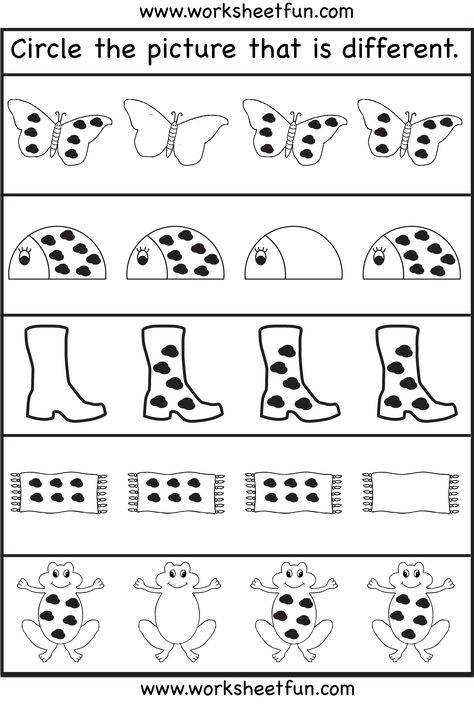
How to choose the right coloring pages
Children aged 2.5 and older can color along the contours. For them, it is important that the lines of the drawings are thick and rounded, and the details are large. You can print coloring pages for every taste from the Internet. As the baby grows up, the pictures should have a lot of small details and bizarre shapes. When choosing them, be guided by the characteristics of the child:
- Age. Coloring must necessarily correspond to the age characteristics of the young artist, otherwise this activity may not arouse his enthusiasm. Usually at the age of 4-5 years, children can already color pictures of any level of complexity.
- Interests. Choose pictures to color with your child. If this is not possible, then focus on his addictions. Ask your parents what the kid is fond of, what his favorite cartoons and fairy tales are. This will be the best choice.
- Skills.
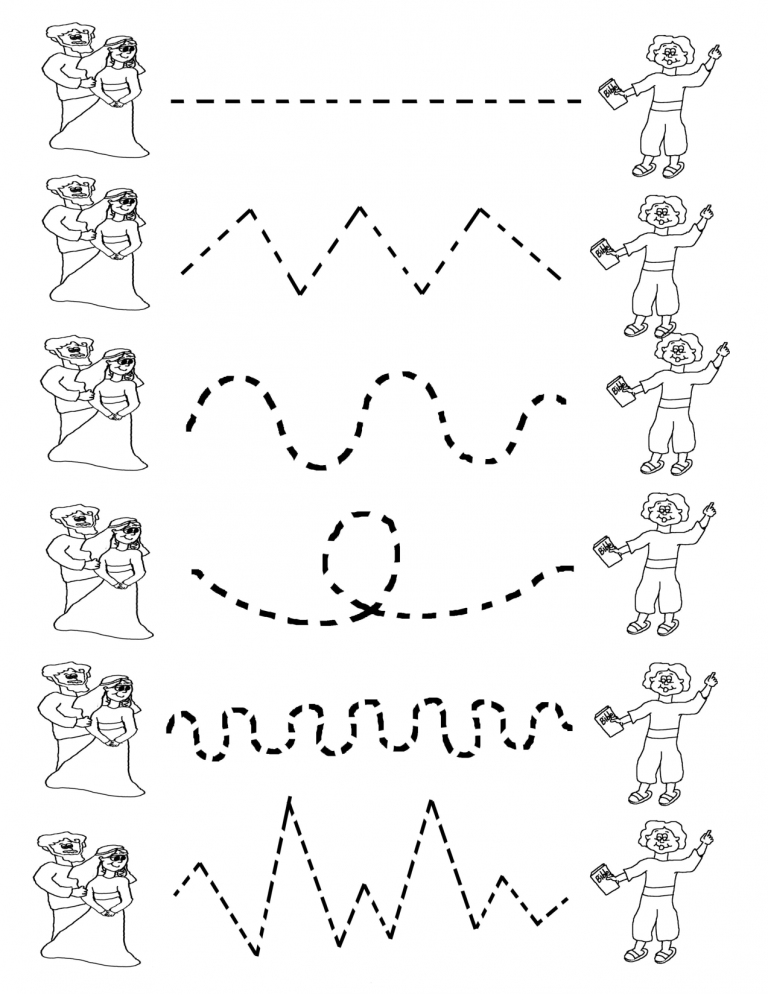 It happens that the kid was difficult to sit down for drawing at a young age, and he became interested in this later than his peers. In this case, the coloring pages for him should be chosen simpler, despite the fact that he is already quite old. But if the kid is very assiduous from an early age and loves to draw, then it is likely that he is ahead of his peers.
It happens that the kid was difficult to sit down for drawing at a young age, and he became interested in this later than his peers. In this case, the coloring pages for him should be chosen simpler, despite the fact that he is already quite old. But if the kid is very assiduous from an early age and loves to draw, then it is likely that he is ahead of his peers.
Why are coloring pages useful?
Has your child been caught painting the pages of a book or an older brother's or sister's school diary? Ah ah ah! After explaining that he was wrong, and after all family members have cooled off and were able to laugh at this funny incident, offer the kid coloring. In addition to leaving alone the diary, notebooks and books of older children, as well as wallpaper, window sills and other surfaces in the house, the young explorer will be able to develop the following skills:
- The concept of the shape and color of objects. At first, you may see the sun as green and the grass as blue.
 Let this not bother you, because the baby thus learns the world, and he is not obliged to reproduce everything exactly. But the tendency to paint everything in gloomy colors should alert you. It will not be superfluous to communicate more with the baby or go with him to an appointment with a psychologist. Perhaps something greatly worries or scares him.
Let this not bother you, because the baby thus learns the world, and he is not obliged to reproduce everything exactly. But the tendency to paint everything in gloomy colors should alert you. It will not be superfluous to communicate more with the baby or go with him to an appointment with a psychologist. Perhaps something greatly worries or scares him. - Fine motor skills. The more the child draws, the better he will be ready for school. His brush will be able to quickly adapt to writing and reproducing fine details on paper.
- Willpower. The borders of the drawings oblige the child to slow down the pace of coloring so as not to go beyond the contours. But I really want to see the finished picture as soon as possible! The kid thus trains perseverance and determination. It is easy for calm children, but for fidgets it is much more difficult. Therefore, do not rush to criticize, so as not to discourage desire, but rather say that the more he draws, the better it will turn out.

- Creativity, artistic taste. Coloring pages are a great field for experiments, which can be the first step for a child on the path of aesthetic development. Maybe in adulthood he will become a fashion designer or designer? Save the most successful coloring pages. Just in case.
- Focus on results. If the artist is tired, there is no point in insisting that he paint the picture to the end. But when he wants to draw again, then unobtrusively offer him to finish the drawing. Explain that colorless details can't wait to be brightened up. If the baby still rests, then next time offer him a simpler coloring.
- Introduction to various drawing materials. If your little one refuses to color after a few times, don't give up. Suggest other ways to bring the picture to life. Swap your pencils for felt-tip pens, watercolors, or gouache. Or maybe he likes to paint with his fingers or crayons? Feel free to experiment and find your own way of expressing yourself in drawing for your child.
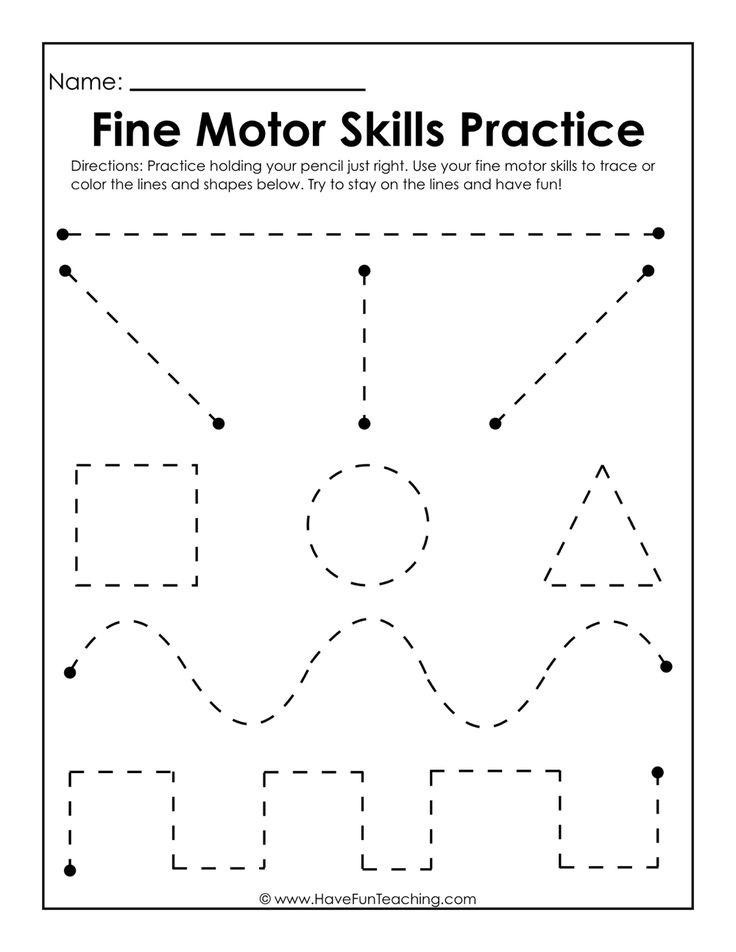
- Interaction with others. Maybe your baby doesn't like to be alone? Then sit next to him, offer to color the picture together. So it will be faster, easier and more interesting for him to cope with the task.
- Additional skills. If you are already actively preparing for school, then offer your child coloring pages with additional tasks. For example, the picture shows a cheerful bunny with carrots in its paws. A few more carrots lie on the grass. The student must color the picture, and then count how many carrots the bunny holds in its paws, how many pieces lie on the ground, and how many carrots are drawn in the picture.
- Psychological relaxation. Drawing is a favorite way for psychologists to work with both children and adults. This activity in itself is relaxing, reduces stress, calms and gives you the opportunity to throw out your emotions on paper, and all this is completely free. Children who draw regularly are more balanced, calm and cheerful.
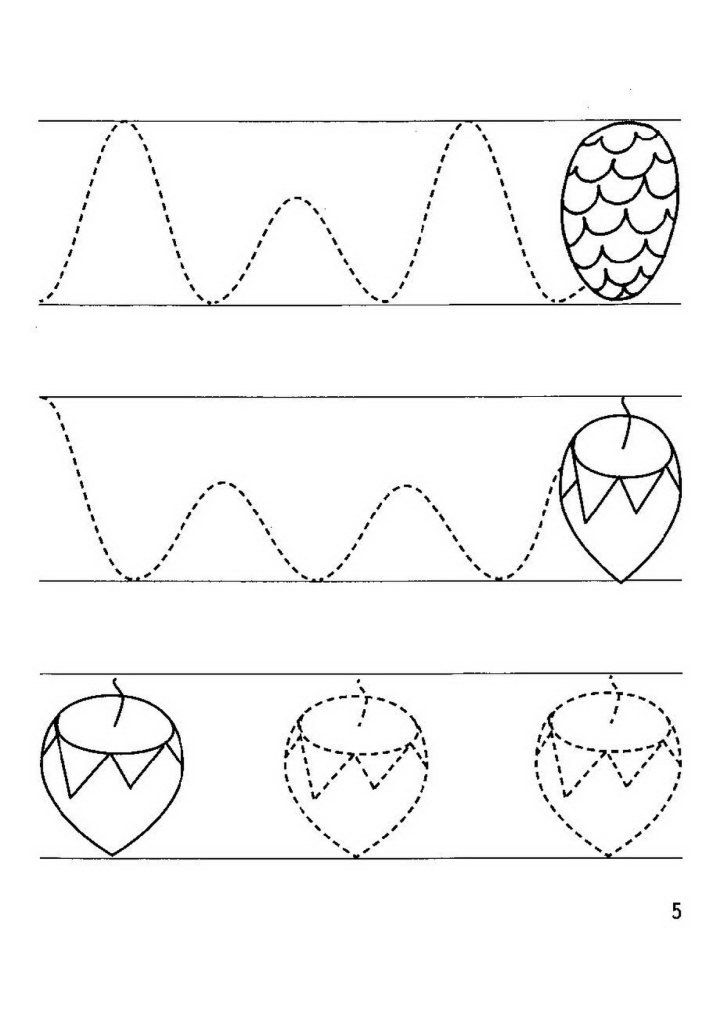
How to instill in a child an interest in coloring?
We hope that our arguments to seat a child for coloring pictures sound convincing. But how to instill in your child the desire to exercise regularly? "Eureka" will give some advice:
- Start with simple pictures on a topic that is interesting to the child.
- Offer different options for coloring: pencils, felt-tip pens, watercolor, gouache, crayons, finger paints.
- You can color while sitting, standing, lying on your stomach, dancing to the music, singing.
- Watch the time: the session can last more than 30 minutes only if the baby wants it.
- Take your time with online coloring. It doesn't take much effort to get a bright picture on the screen.
Well, let's hurry to paint? Share with us the successes of your children in the comments to this article. Tell your friends about our site. Be full of energy and desire to create! See you soon!
Did you like the material?
Tell your friends about it by clicking on one of the social buttons. networks:
networks:
What are coloring pages for? - an article from the "Early Development" series
Which child does not like to draw, painting everything that comes to hand - daddy's papers, walls, doors, himself?
Coloring pictures is not only interesting, but also useful. Coloring pictures helps the baby to expand their knowledge of the environment. world, get to know color and shape, master the technique of neat shading (suggest that you first carefully paint over the element along the edge and only then shade it entirely), get acquainted with the peculiarities of working with pencils and paints, develop fine motor skills, make the brush more flexible, which in the future will save you from problems in mastering the letter. Working with colored pencils and paints helps the child develop color perception, practice in the implementation fine motor skills, gain experience understanding perspective. Coloring pages introduce the little man to the art of painting.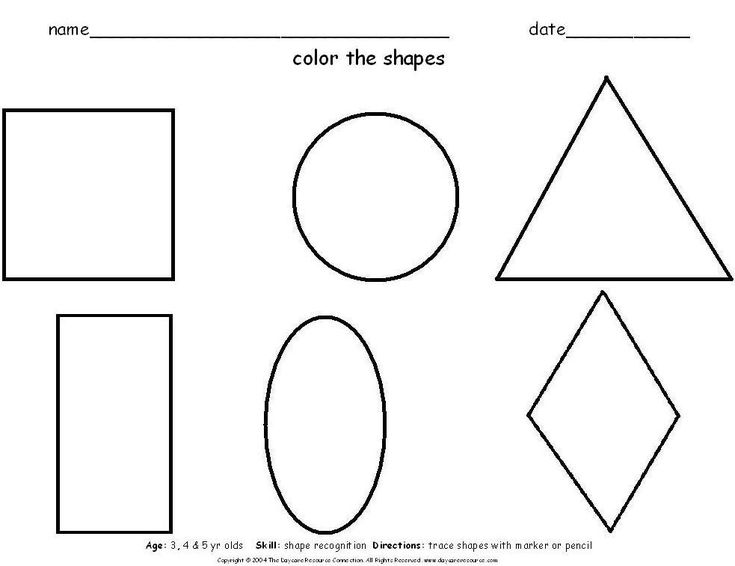 Also in progress coloring, visual and kinesthetic channels for obtaining information work, interhemispheric interaction develops. And of course the child gets positive emotions.
Also in progress coloring, visual and kinesthetic channels for obtaining information work, interhemispheric interaction develops. And of course the child gets positive emotions.
Coloring books will teach the child to reduce the span of the hand when drawing - when kids start to draw, they do not really track the borders of the sheet and often pictures, "climb out" sometimes partially, and sometimes completely on the table, floor and your favorite wallpaper.
Coloring books help the child to comprehend the laws of the world and embody their own color finds. If your child colored the crocodile crimson or purple color, then do not scold him. Perhaps he has his own opinion on this matter, ask him about it (by the way, this approach allows you to identify color blindness in a child at an early age).
You can start coloring pictures from a year and a half. For such kids, there are special coloring pages where you need to draw not with brushes and pencils, but with my own hands.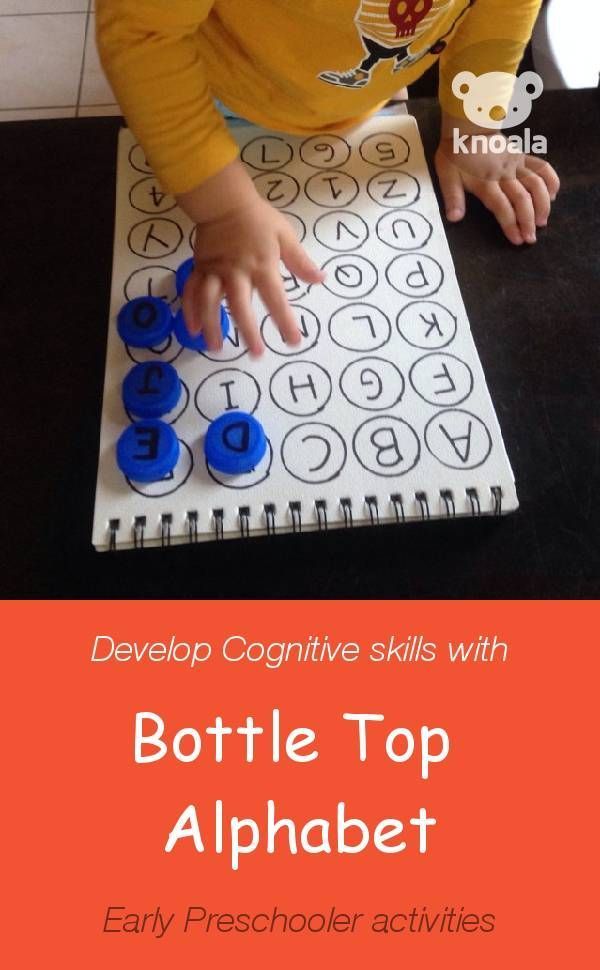 Arm yourself with finger paints and go!
Arm yourself with finger paints and go!
In such colorings, the drawings are extremely simple and understandable. See that the objects shown are familiar to the baby, for example, a ball, a rattle, a spinning top, an apple, etc. The drawings should have a wide outline - about 1 centimeter. Per such a contour will be difficult to get out of the uncertain handle of the baby. This allows you to hide natural errors and gives self-confidence. The outlines of the pictures should be smooth, without corners and complex bends.
Give preference to those coloring pages in which all images are accompanied by text. It will help you introduce the baby into a game situation, arouse his interest in coloring and expand his understanding of the world around him.
When coloring, the child can add various details to the drawings as he/she wishes. Decorate toys with dots or stripes, paint on the dog a leash, and a perch for a parrot, feed the mouse with cheese, and draw pebbles and algae around the fish.
At the age of 3-4, children are already quite experienced "artists". They are more confident and fluent with the brush, paint with pleasure. A coloring perceived as already created images that require a color scheme. And therefore, they are not accepted to draw freely, like kids 2-3 years old, namely paint, acting within a given contour, trying to repeat its bends.
Unfortunately, many modern coloring pages are compiled without taking into account the age interests and abilities of children. But there are so many of them and they are so different that just right get lost. Often coloring pages for the little ones are overloaded with details, complicated beyond recognition and not very attractive. They don't support interest in drawing and do not give impetus to independent creativity.
So how do you know if a coloring book is good and if it suits your child?
Here is a simple "test" that will help you draw the right conclusion.



